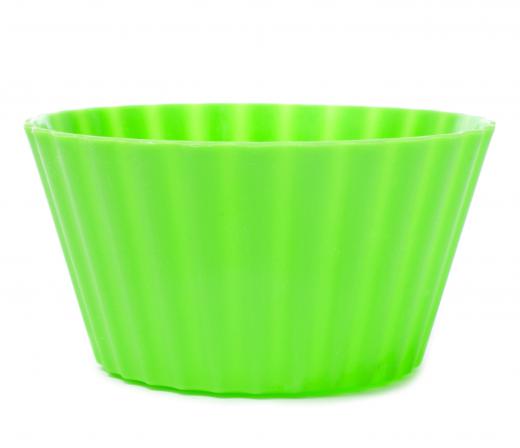High temperature silicone is a term that describes silicone products specifically formulated to withstand excessive heat. The substances used in these products are silicone-based polymers which include a broad range of additive elements. The most common forms of high temperature silicone products are rubbers, resins, and silicone treated fiberglass. The range of temperatures high heat silicone products can withstand differs among individual applications with average products typically rated for approximately 300°F (150°C) and specialist products in excess of 500°F (260°C). This type of silicone is used in a host of applications where sealants, adhesives, or insulators are needed which do not degrade or deform when exposed to high heat.
Silicone is truly one of the wonder products of our age. These inert polymer compounds offer a veritable kaleidoscope of beneficial properties which include excellent insulation, water resistance, lubricating, sealing, adhesive and, of course, heat resistant qualities. Commercial silicones are generally polymers made up of pure silicone with the addition of a large number of elements including carbon, hydrogen, and oxygen. Silicone products may take the form of molded items, gel sealants, oils, greases, rubber compounds, and resins. They are also frequently used in composite materials such as silicone impregnated glass fiber products.

The high temperature silicone designation is actually somewhat misleading because silicone products in general feature excellent heat resistance qualities. There are, however, silicone products specifically formulated to deliver elevated levels of heat resistance. The average general purpose silicone product can comfortably resist constant exposure to temperatures in the region of 100°F to 150°F (37–65°C). High temperature silicone products specifically designed for use in aggressive thermal environments pick up at approximately that temperature level with low grade products rated at 150 to 200°F. The big guns among these products can withstand constant exposure to 400°F (405°C) with short peaks as high as 500–600°F (260–315°C) without suffering any ill effects.

Heat resistant silicone products are produced in a variety of formats, all of which have specific related applications. Gel sealants are typically used to seal joints in stove flues, gas appliance vents, and in applications surrounding vehicle exhaust systems. High temperature silicone rubbers commonly insulate wiring used inside hobs, ovens and boilers. High heat silicone based foams are often used as fire stops in walls and floors in the construction industry. The myriad of high temperature silicone products share one common characteristic — a total lack of sagging, cracking, or charring when used in high heat applications.
